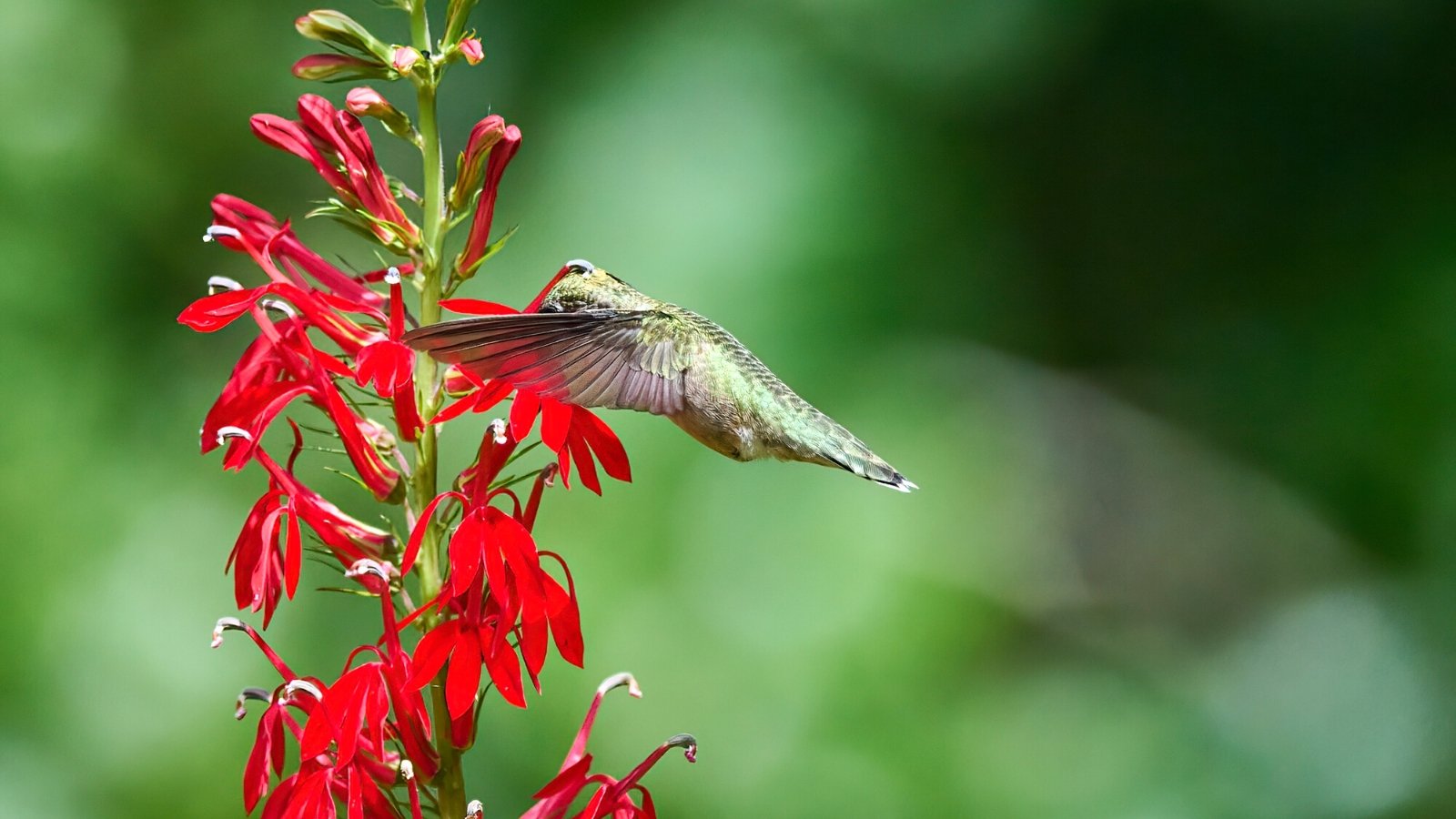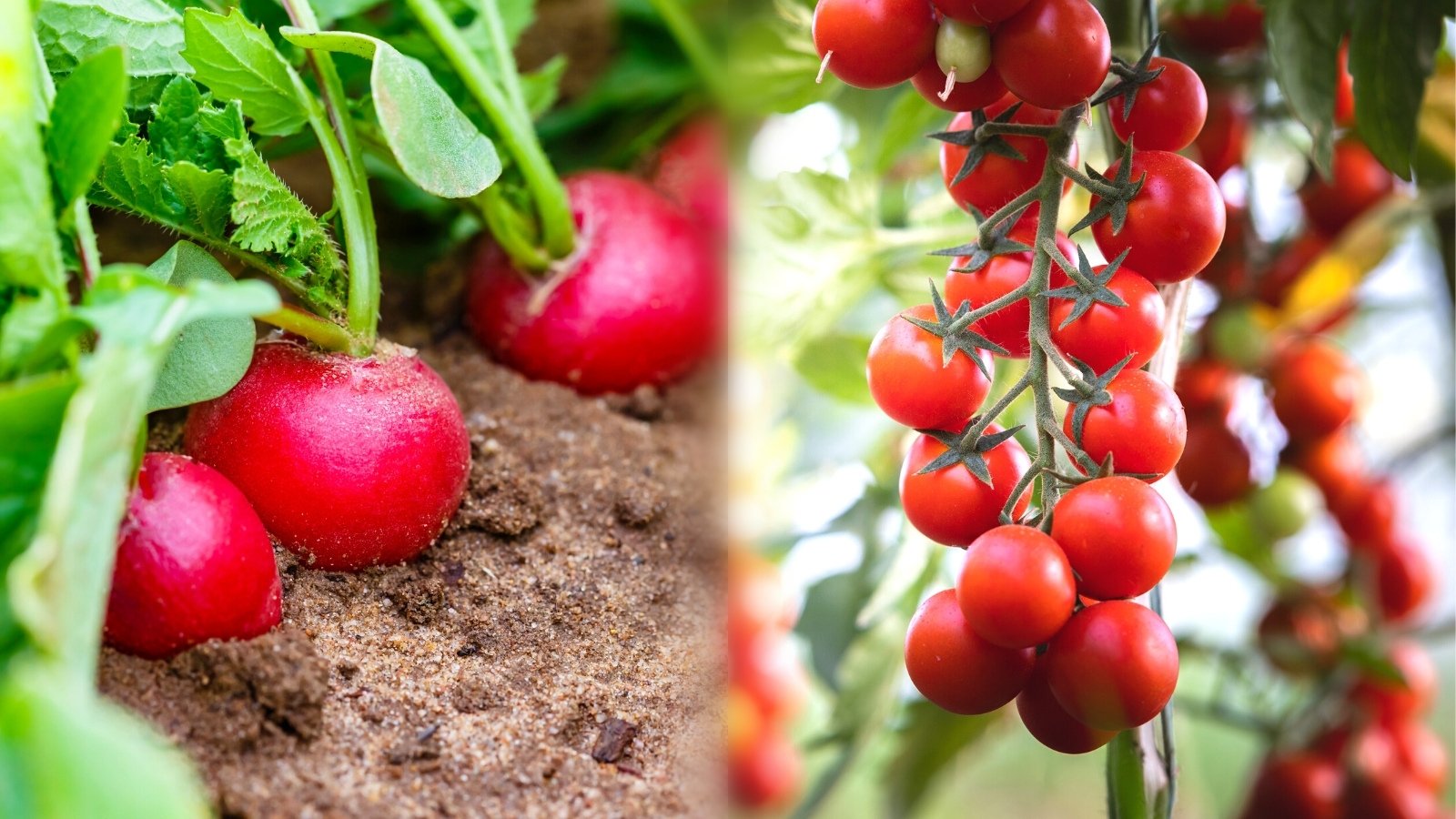Amaranth is one of the most visually striking microgreens you can grow. It’s translucent violet color pops on the plate and makes an amazing addition to almost any dish. I became so obsessed with the look of it while growing it that I took a time lapse of eight hours of growth just to see how it would look as it developed. Check it out:
Amaranth Microgreens Quick Info
- Flavor: Quite mild and earthy.
- Soak – No
- Rinse / Drain – No
- Germination – 2-3 days
- Ideal Harvest – 10 days
I’ve filmed a complete grow-along that you can watch below, or you can follow the step-by-step guide. Let’s get growing!
Materials

You don’t need much to start growing amaranth micros. Aside from the seeds, you can probably find everything you need laying around your house. Here’s what I use when growing for restaurants and markets:
- Container (I use 10×20 plant growing trays)
- Potting soil (I use a 50/50 mix of organic potting soil and coconut coir)
- Light (I use a 4′ T5 CFL grow light if growing indoors)
- Seeds (I buy mine from Everwilde Farms)
- Spray bottle
Planting

Fill your container up with soil, making sure to smooth it out and lightly pat it down. Don’t compress it too much — you need to give the roots room to dig down and establish themselves.
After your container is filled, fill up your seed shaker with amaranth seeds and sprinkle them on the surface in as even a distribution as possible. Try to mimic the density of the picture above. If you’re growing in a 10×20 standard plant propagation tray, use ~1oz of seed.
Lightly mist your seeds with a spray bottle and cover the container so no light enters. I like to use two 10×20 propagation trays with one flipped upside down. This creates the perfect environment for germination. Over the next two days or so, lightly mist your seeds with water, but don’t over do it — you don’t want to get mold.
Growing

After two days, your amaranth seeds should be germinated. If not, wait one more day and check on them. If they’re still not germinated, something went wrong. You either have bad seed, overwatered, underwatered, or the temperature isn’t right. It’s usually one of those 4 issues.
Keep them covered for 24-48 more hours until they get a bit lanky and look a light, translucent pink. Once they’re 1/2″-3/4″ tall, it’s time to expose them to light.

Once they’re tall enough, place them in a well-lit area outside or under a CFL array like this one. Amaranth microgreens don’t need a lot of sun – in fact, if you place them in direct sun you need to make sure and water more consistently as your soil will dry up quickly, causing all of your greens to die.
Harvesting

If you’ve followed along, your amaranth micros should be about ten days old now. Perfect time to harvest! When harvesting, take extra care to harvest slightly above the soil like with an extremely sharp knife. You want a knife that will slice right through without pulling the greens at all to avoid getting soil and seed husks in your final product.
By harvesting this way, you avoid the need to wash your greens which means they’ll last longer and you’ll save quite a bit of time-intensive work.
After you’ve harvested, make sure your greens are completely dry before storing. Any moisture on your leaves or stems will shorten their shelf life. Put them in a sealed container in the refrigerator and they should last at least 7-8 days, if not longer.














